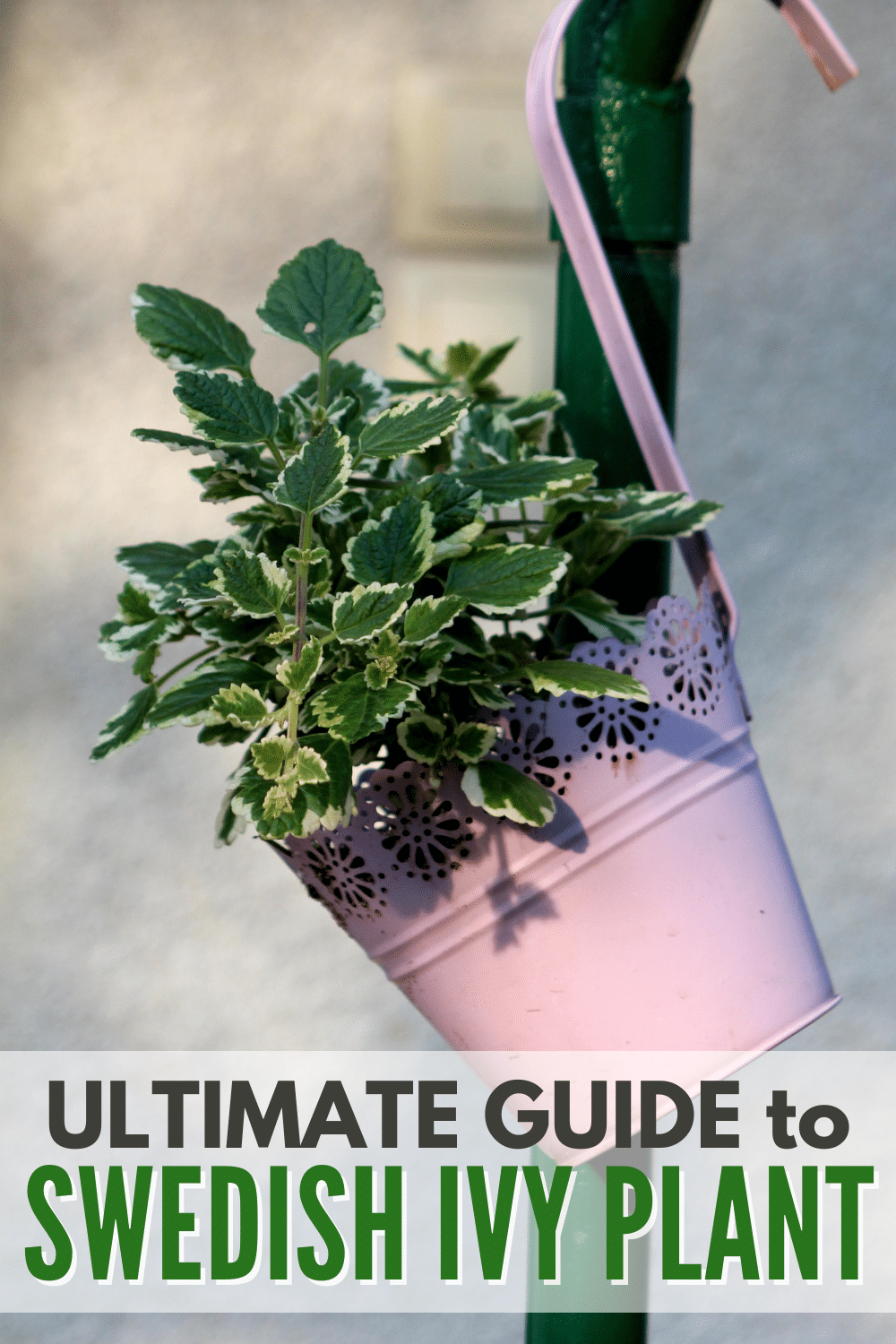Plants are some of the best ornaments that can liven up the beauty of any space. If you’re worried about how much time and effort plant care will take, I have great news! I’ve found a plant that isn’t too demanding and doesn’t require meticulous upkeep.
Let me introduce to you the Swedish ivy. This rich evergreen blooms with white or purple tubular-shaped flowers, and it’s been a popular houseplant for decades for several reasons.
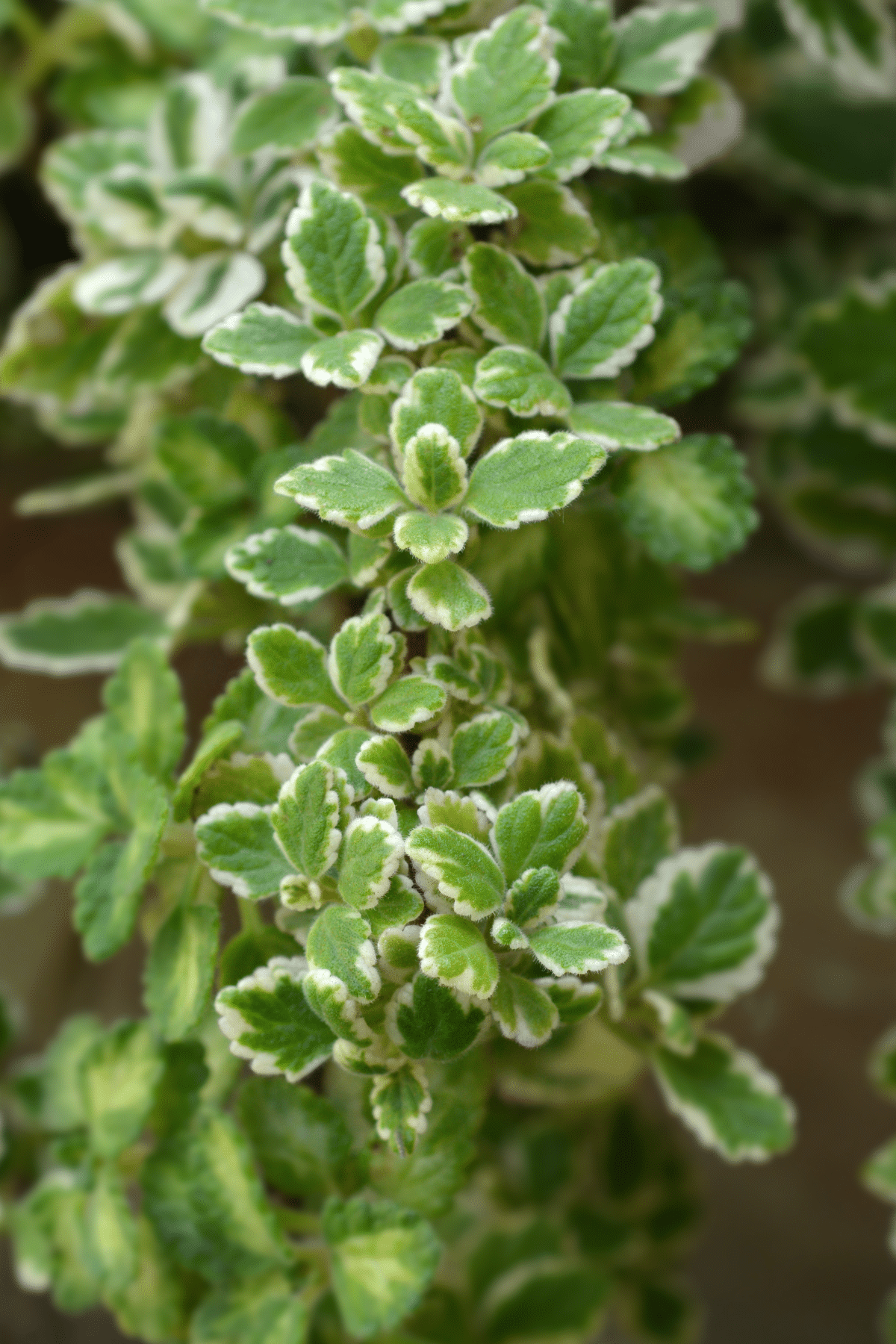
Growing Swedish ivy is so easy because it’s low-maintenance and it grows quickly. It’s the perfect introductory plant for moms who are just starting their home gardening journey.
Keep reading to learn everything you need to know about Swedish ivy care, its origin, its interesting yet ironic name, and some amazing home decor ideas.
Jump to:
Swedish Ivy Origin
This plant’s name is quite interesting. Like many other things, plants are often named after their place of origin. That’s not the case for this one, though. It is native to southeastern Africa, specifically in South Africa, Mozambique, and Eswatini.
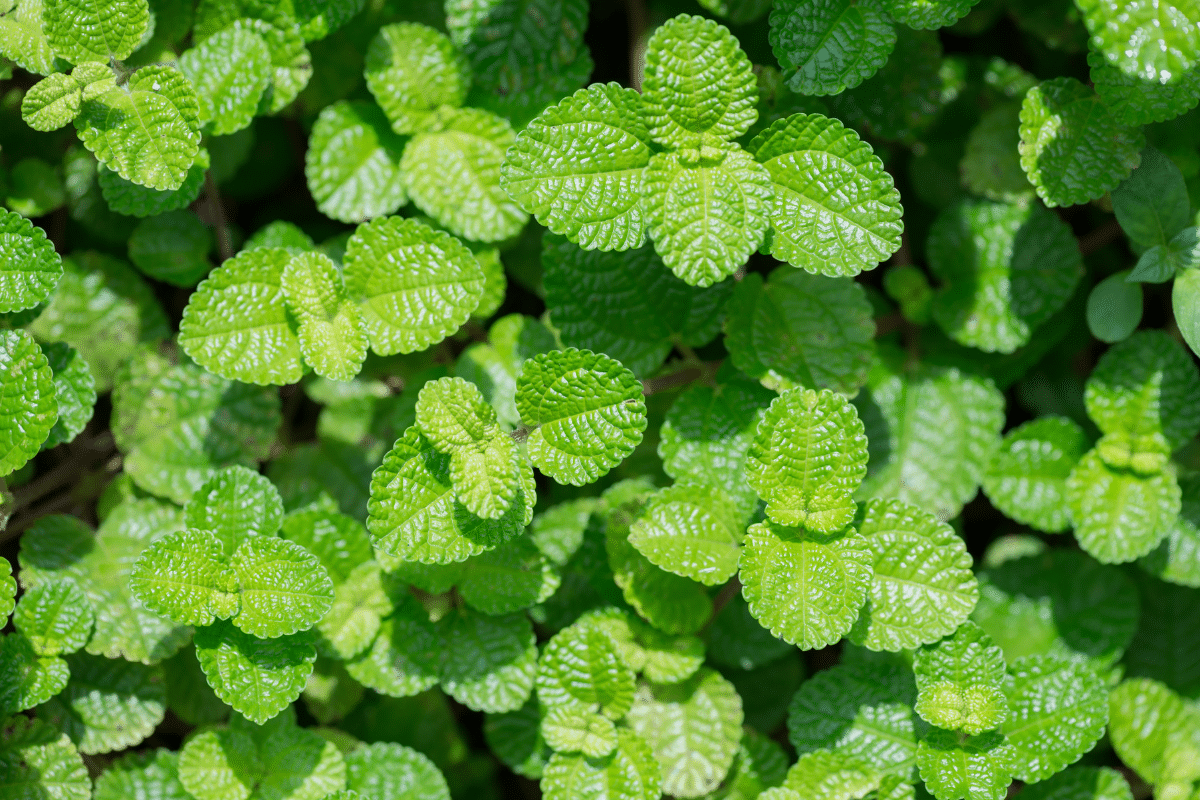
It was introduced in parts of North and South America and in Sweden, where it became a popular houseplant; so that explains the name.
Don’t get confused by the “ivy” in its name because it’s not a true ivy plant. The Plectranthus verticillatus (its scientific name) is from the Lamiaceae family, which makes it related to the mint plant.
It’s also referred to as Swedish begonia or creeping Charlie, so you may want to keep these common names in mind when you’re out looking to buy this simple houseplant.
Swedish Ivy Characteristics and Features
This plant won’t grow tall and mighty in your living room, but it can still be a gorgeous accent in your home motif. So, it’s perfect if you’re looking for a smaller and more manageable houseplant.
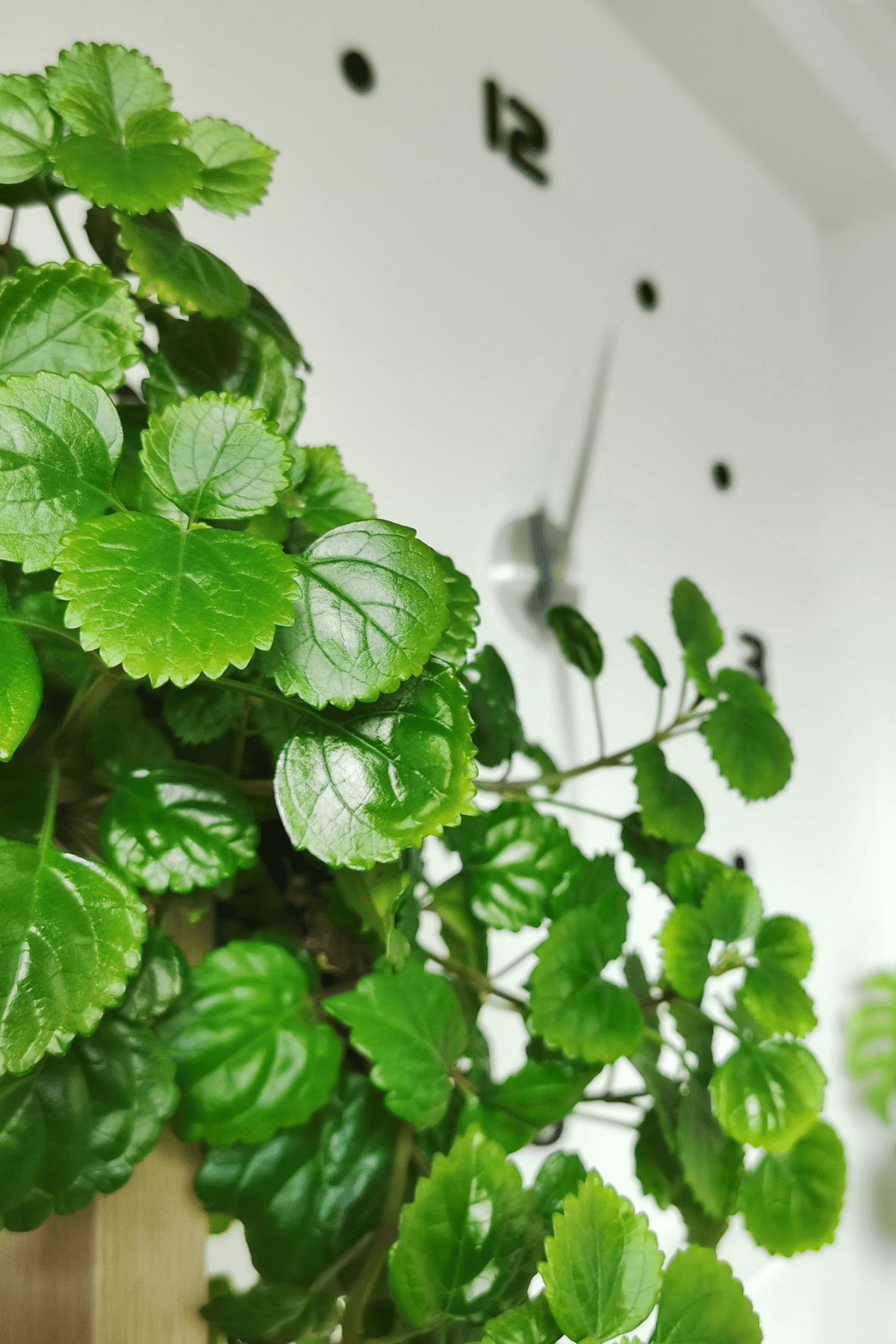
It’s a trailing plant, whether it’s potted or grown on the ground, with evergreen leaves that can spread up to 3 feet and reach a height of over 10 inches.
It mainly features lush, glossy green foliage with round leaves with scalloped edges – it’s like they were deliberately cut out to make a stunning home decoration. There’s also a chance for it to develop a purple hue on the stems and the underside of the leaves.
The highlight of having this plant is that it will bloom intermittently throughout the year, although its growing season is typically between February and November.
Swedish ivy produces white and light purple flowers, which grow in racemes that are up to 8 inches tall. The white flowers and trailing glossy green leaves will certainly make this look like a majestic garland in any container or hanging basket!
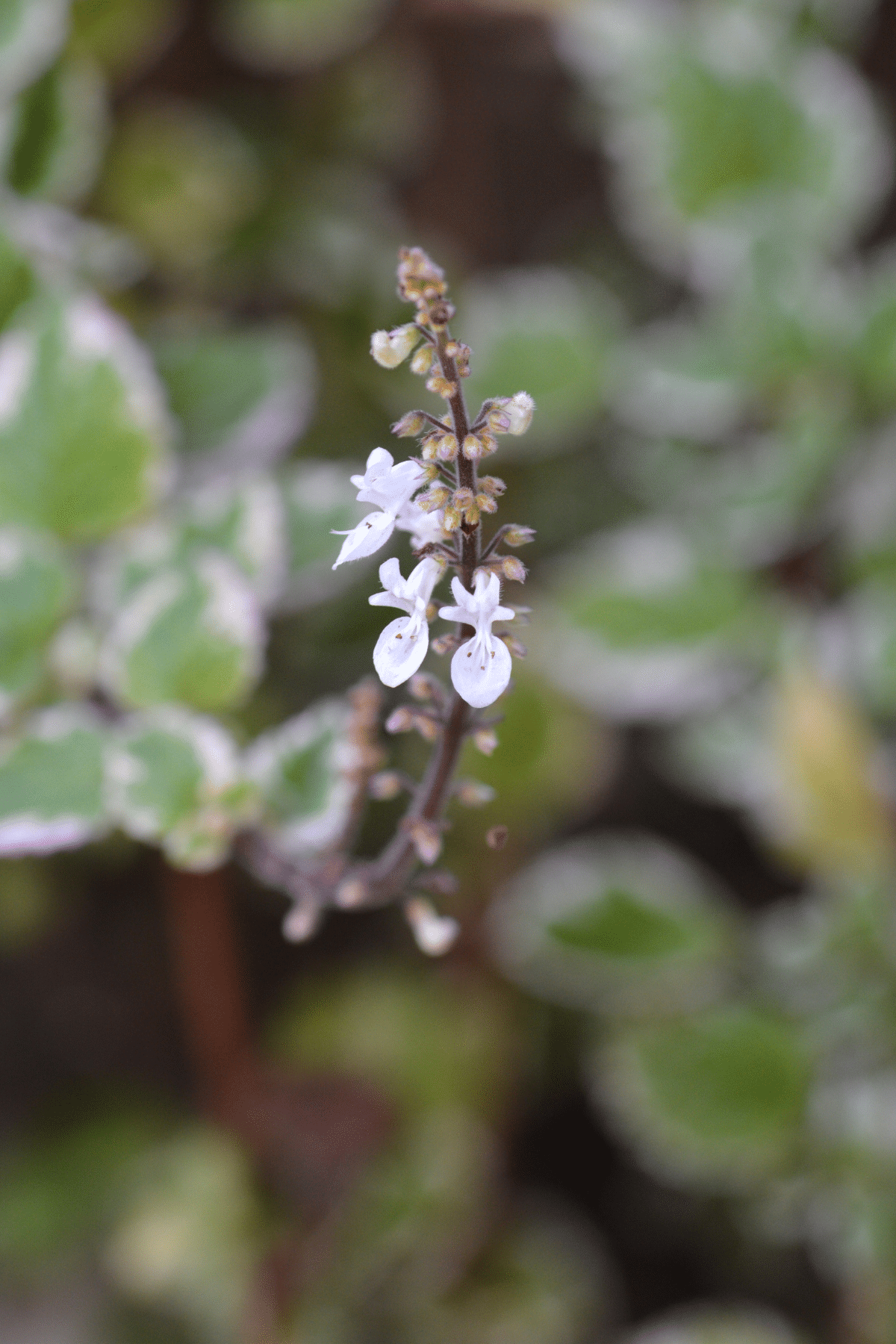
Swedish Ivy Plant Care Guide
I can’t stress enough how low-maintenance this plant is, making this a great plant even for beginners, just like the Monstera Albo. But it will still need some TLC, which won’t be difficult if you follow these plant care practices.
Temperature
This perennial plant is quite versatile in terms of the temperatures it can tolerate. That’s not surprising since it’s native to tropical and subtropical regions.
It can grow in areas with mild winters and hot summers, so the Swedish ivy houseplant would be incredible to have if you live in USDA hardiness zones 10 to 11.
This plant can tolerate lower temperatures in the winter, but won’t do well in freezing weather. It’s best to keep it indoors when the temperature drops any lower than 40 degrees Fahrenheit.
Sunlight
The light conditions the Swedish ivy needs to thrive are not hard to meet either. It will remain lush and healthy if it receives enough sunlight.
This plant prefers bright light throughout the year. Overall, its light requirements are moderate because you can keep it in a room or any space where it can get indirect light for four to six hours daily.
Make sure that it doesn’t get exposed to too much direct sunlight, which tends to make its leaves dull and droopy. I learned this the hard way when I accidentally left it beside our window from morning until late afternoon!
If your house has a backyard or garden, this will also make a beautiful ground cover. The plant will thrive best under the shade of a tree where it can still soak up some sunshine without getting too much light.
Water and Humidity
Here’s more good news. This plant is considered semi-succulent because it needs just moderate watering all year.
I only water my Swedish ivy once weekly, which is the case for most low-maintenance indoor plants. No wonder this one is popular as a houseplant because who’s got the extra time to water plants every few days? Not us busy moms!
One way to know when it’s time to water your plant is by waiting for the soil to dry. When you feel that it’s dry two inches from the top, then it’s time to give it some water.
How you water this plant is important, too. I make it a habit to pour the water in the base of the plant and not directly onto the leaves.
Avoid overwatering because it can cause irreparable damage to the plant. Make sure that your pot has good drainage so the the plant isn’t drowning in too much water.
A Swedish ivy plant prefers humidity. It will be fine during the winter even if the humidity level drops. However, for good measure, you can place a humidifier near its pot when the temperature gets colder.
Soil and Fertilizer
A well-draining and moderately moist soil is what the Swedish ivy needs to thrive. If you have the time, you can also monitor the soil’s pH level because keeping it slightly acidic between 5.5 to 6.5 will give it more nutrients.
Most types of soil, even regular potting soil, would be good for this plant. Avoid clay soil and any type that retains water well.
This plant generally doesn’t need fertilizers, but you can add some, especially in the spring and summer. Fertilizing might be needed if the plant doesn’t bloom or if you notice that the flowers have faded.
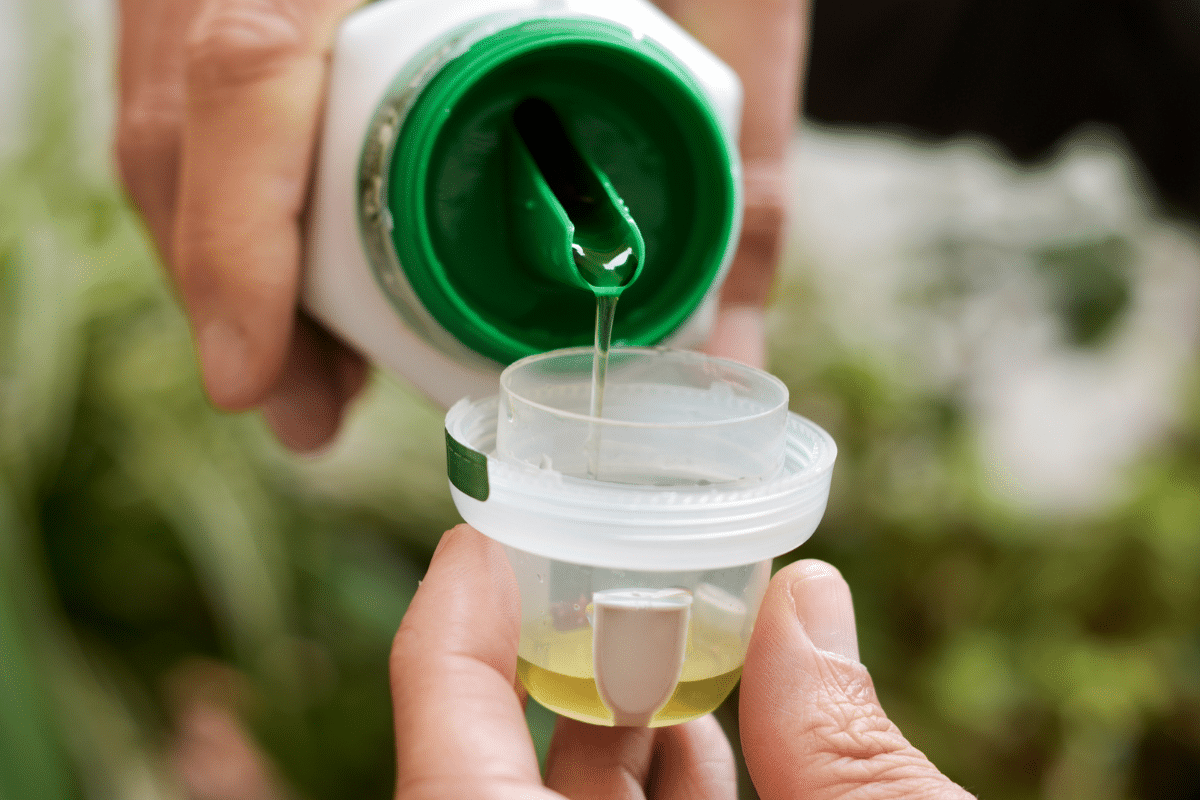
You can use a low-nitrogen, high-phosphorus fertilizer to encourage the Swedish ivy to bloom. A liquid houseplant fertilizer or one with a 20-20-20 ratio of nitrogen, phosphorus, and potassium is also a good choice.
Pest and Disease Prevention Tips
Pests hardly attack this tenacious plant, but it’s not entirely spared by the notorious mealybugs that suck the life out of any plant.
You should try to check your plant’s leaves and stems from time to time. One way to spot mealybugs is if you see a clump that looks like cotton in the stems or leaves. If they’ve already managed to get to your plant, you can treat it with neem oil or insecticidal soap.
Most common indoor pests love moist soil, so one way to prevent infestation is to give your plant just the right amount of water.
While mealybugs are attracted to moisture, spider mites love dry soil. This is one of the reasons placing a humidifier near your houseplants can be a good idea, so you can prevent spider mites from taking over when there’s low humidity in your house.
Root rot is the one disease that could plague your Swedish ivy. If it’s starting to wilt, that’s usually a sign of root rot. Having too many falling leaves and seeing some leaves turning yellow are other common signs of this plant disease.
The good news is, that preventing it is as easy as not overwatering your plant and ensuring the soil drains well.
Swedish Ivy Propagation and Maintenance
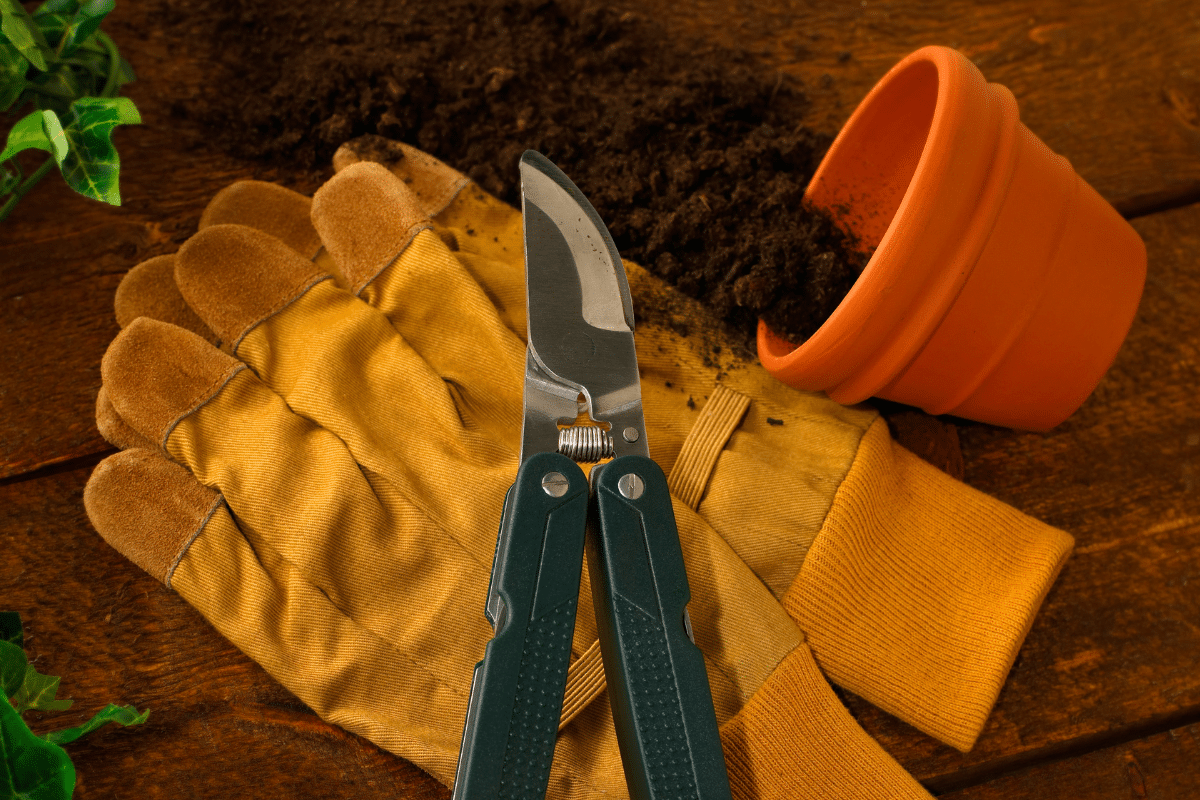
Because it’s fast-growing, you’ll have to prune your plant as a basic maintenance routine. Don’t worry; there’s no need for a strict pruning schedule. Just do it whenever the stems and branches trail out of your preferred shape.
If you notice dead and dying leaves, you can prune them immediately. You can also trim off any leggy stems or ones not growing in the same length or direction as the rest.
Pruning is a great way to encourage any plant’s growth and allows you to gather stem trimmings to propagate your Swedish ivy. If you’re pruning to propagate the parent plant, it’s best to get stem cuttings in spring or summer, which is when they usually bloom.
Look for a healthier stem with rich foliage and cut just below a leaf node. Cuttings from the healthiest stem are the best chance to achieve new growth.
You can place the stem tip cuttings in a cup with clean water and wait for it to root, which should take three to four weeks. It shouldn’t require much attention, as well. You just have to change the water every two to three days.
Keep your Swedish ivy plantlet by the window or in a bright room with enough light.
Houseplant Decor Uses for Swedish Ivy
When trying to incorporate this plant into your home decor, remember that this is a trailing plant. That means the vines and foliage will trail over any pot or container you put it in. It looks best in a hanging basket , which gives you several options for showing off this plant!
If you’re staging it this way, I recommend putting it on top of furniture or hanging it from the ceiling for a cozy, refreshing accent. Swedish ivy in a hanging basket will also look amazing on your windows or as a door decoration.
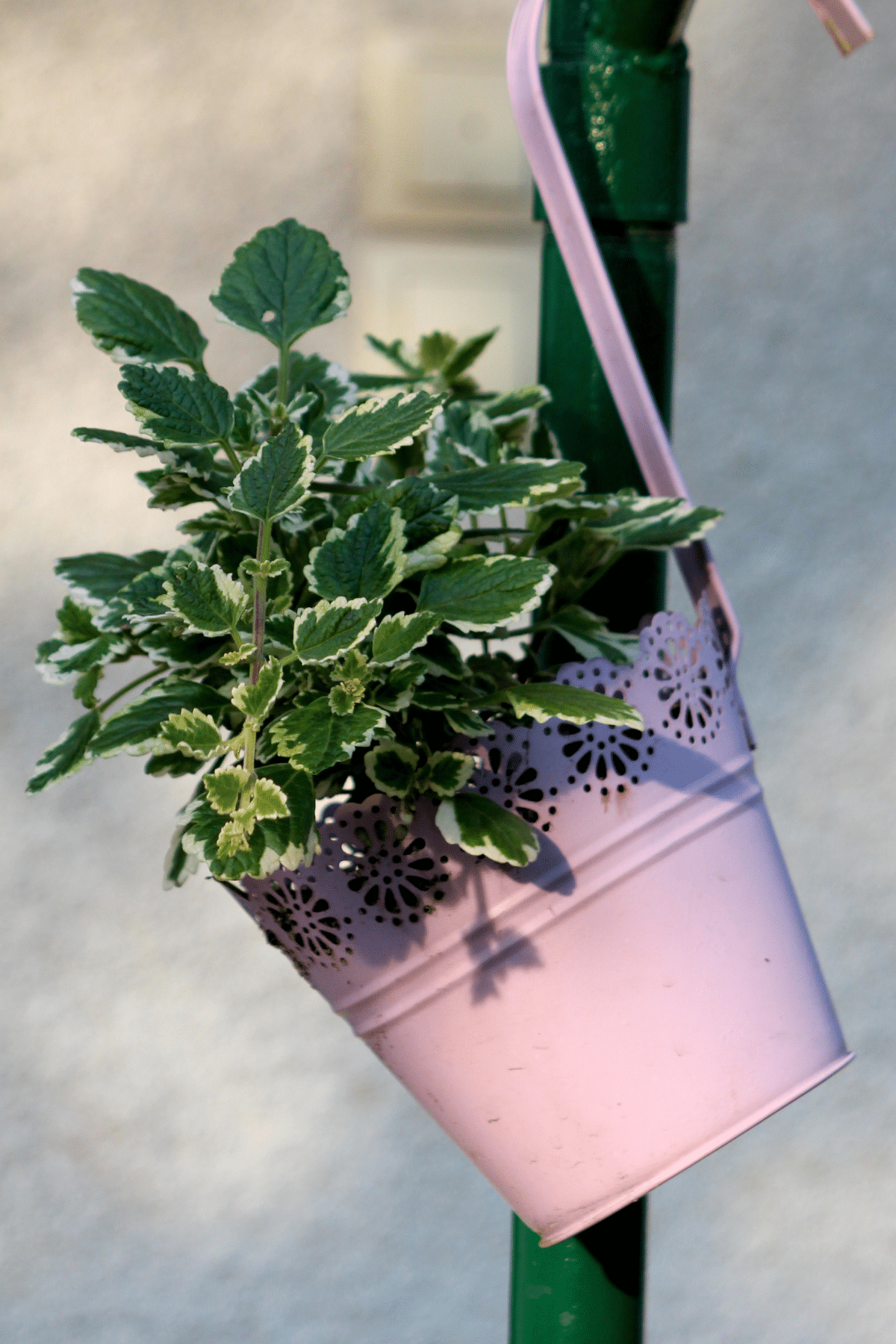
It will look lovely in a beautiful pot, which you can display on your porch steps or front stoop for your neighbors and visitors to see. If you’re going for a more opulent appeal, you can take inspiration from the White House and place it prominently on the mantle.
FAQs
Part of what makes it an excellent indoor plant is it’s non-toxic, even for cats and dogs.
It can live up to five years, especially with annual repotting. By propagating Swedish ivy, it can last for an indefinite period.
Swedish ivy grows well in pots, too, which would make lovely decorations on your porch or patio. Just don’t forget to bring it inside when it gets too cold in the winter.
A Beginner-Friendly Evergreen
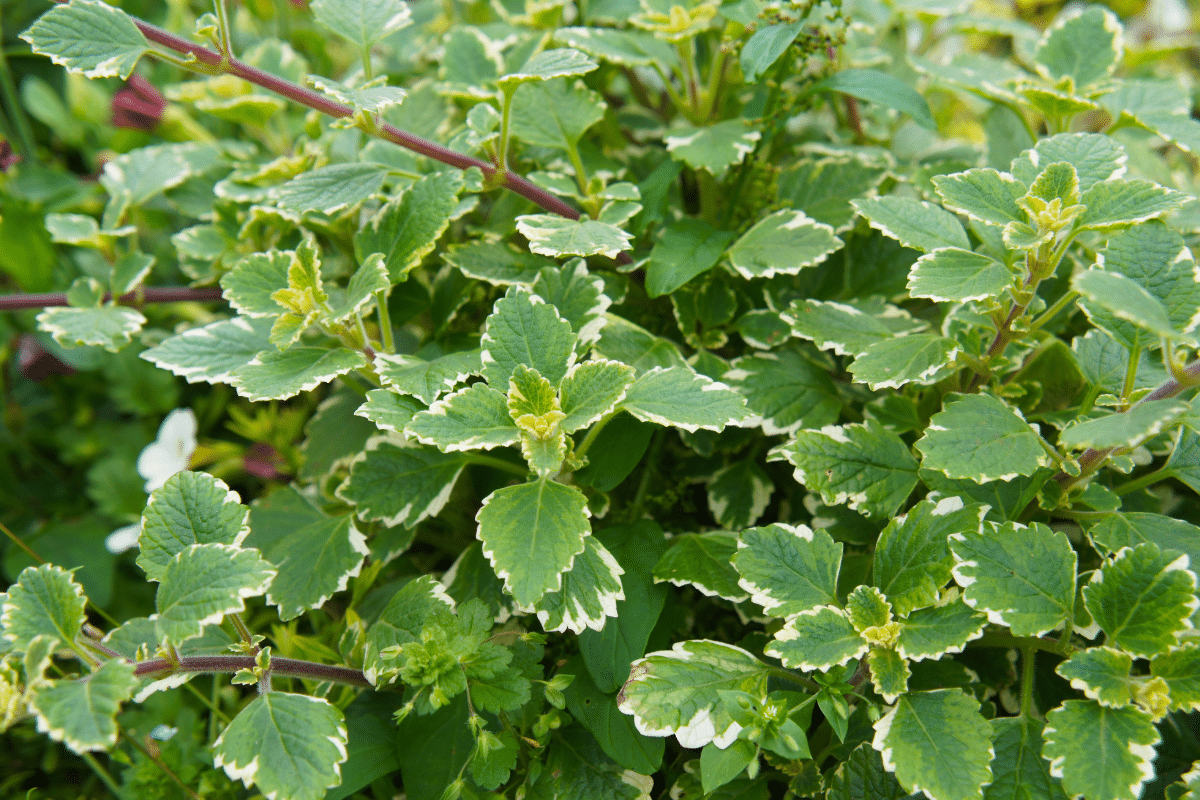
For moms who are looking to squeeze a new hobby into their hectic schedules, the Swedish ivy plant is certainly something to consider.
It’s so low maintenance that you might only need to check it once or twice a week, making it a great houseplant for new gardeners. Since it still needs a little attention, you can get familiar with the basics of plant care.
Keeping this plant will be a great practice for new gardeners, and, more importantly, you’re getting a gorgeous home decor addition with minimal effort!


